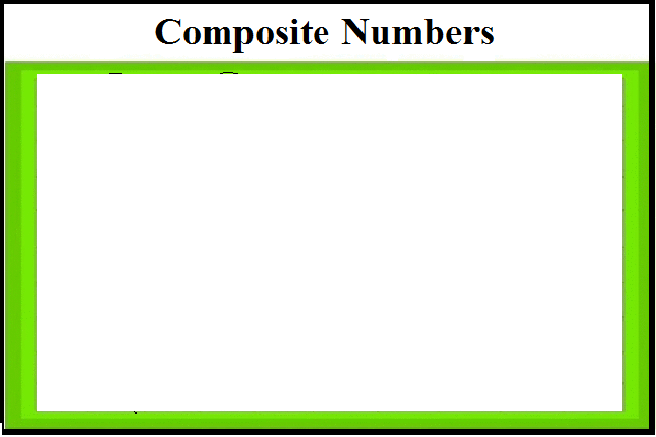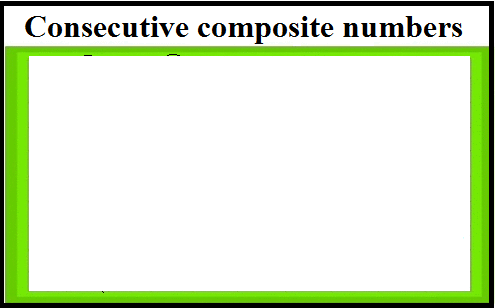UPSKILL MATH PLUS
Learn Mathematics through our AI based learning portal with the support of our Academic Experts!
Learn moreA composite number is defined as a number having more than two factors.
Example:
Factors of 9 are 1, 3 and 9. Therefore it is a composite number.
Factors of 14 are 1, 2, 7, and 14. Therefore it is a composite number.

Seven consecutive composite numbers less than 100:

89 and 97 are the prime numbers. 90, 91, 92, 93, 94, 95, 96 lies in between 89 and 97. All these numbers have more than 2 factors. Therefore, all the numbers are consecutive composite numbers.
- 1 is neither prime nor composite number.
- Any whole number greater than 1 is either a prime or composite number.
Important!